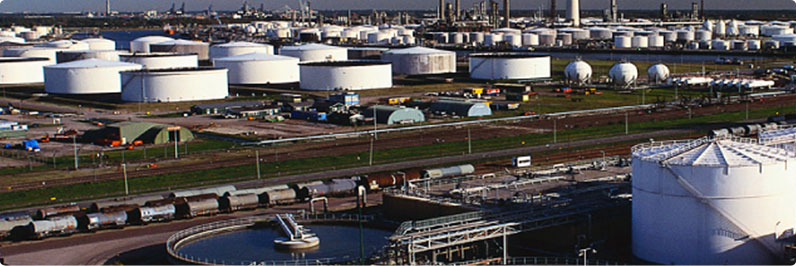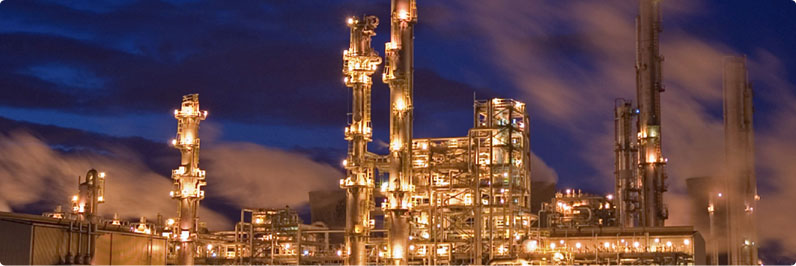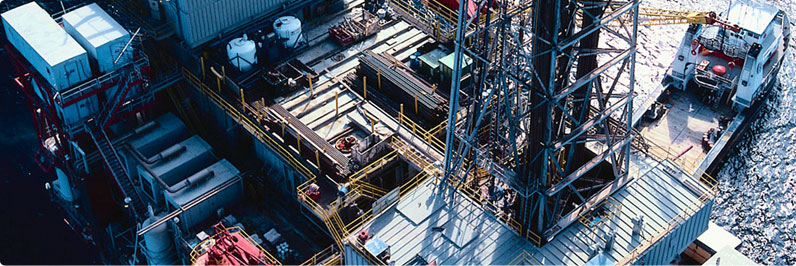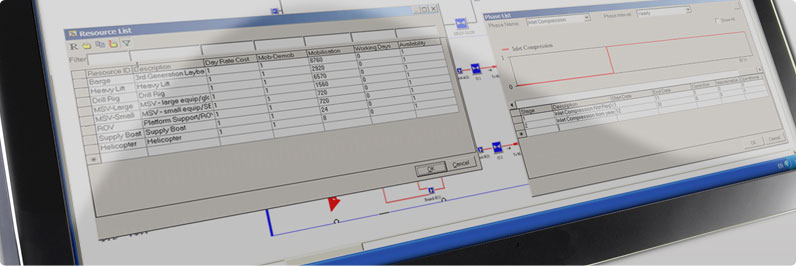PLASMA (Renewable Industry)
General:-
- Powerful visual interface with simple drag and drop techniques;
- Deterministic and stochastic techniques;
- Series, Active Redundancy (Full, Partial or Conditional) and Standby Redundancy (Identical units or Different units);
- Control of the sizing of parallel units as a function of time (i.e. varying levels of effective redundancy);
- Load Sharing;
- Availability;
- System or component importance ranking; It enables the user to identify the systems or components that are the main contributors to Unavailability, Total Down Time, Cost, Safety Criticality, Asset Criticality and Environmental Criticality;
- Modelling complex systems using multiple layers of RBDs.
Maintenance modelling:-
- Unscheduled, Delayed (e.g. seasonal);
- Maintenance duration and restoration factors;
- Maintenance policies;
- Planned;
- Condition monitoring;
- Opportunity maintenance;
- Services and utilities;
- Job priority;
- Spare parts pools.
Logistics
- Iconic animation (moving ships, etc.);
- Operations details of shuttles;
- Maintenance Vessel;
- Weather Module:- Location (reference to geographical location of shuttle loading facility)
- Seasons (default given for Northern Hemisphere)
- Weather Data Matrix (comprising cumulative probability of nominated wave heights per season and the associated average of occurrence of this range)
Other modelling details
- Variable Energy production;
- Sub-system or pagination facilities for large Reliability Block Diagrams;
- Import and export facilities;
- Control of phasing-in and phasing-out of any part of the logic network;Interface with Excel spreadsheets. Effectively allowing the user to export and import data to and from other spreadsheets;
- General failure behaviour of an equipment i.e. bathtub curve.

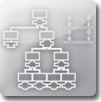 Fault tree package
Fault tree package RAM Simulator
RAM Simulator Plasma - Oil and Gas
Plasma - Oil and Gas Plasma - Wind (renewable)
Plasma - Wind (renewable)